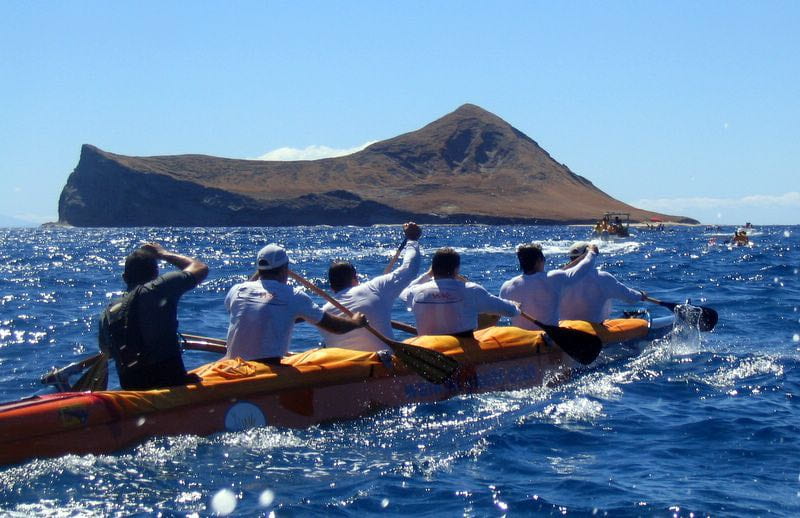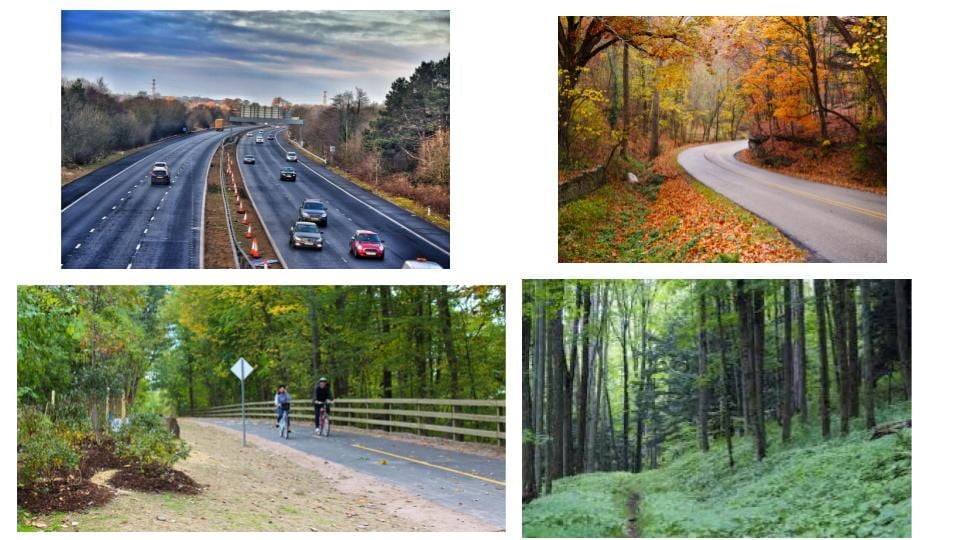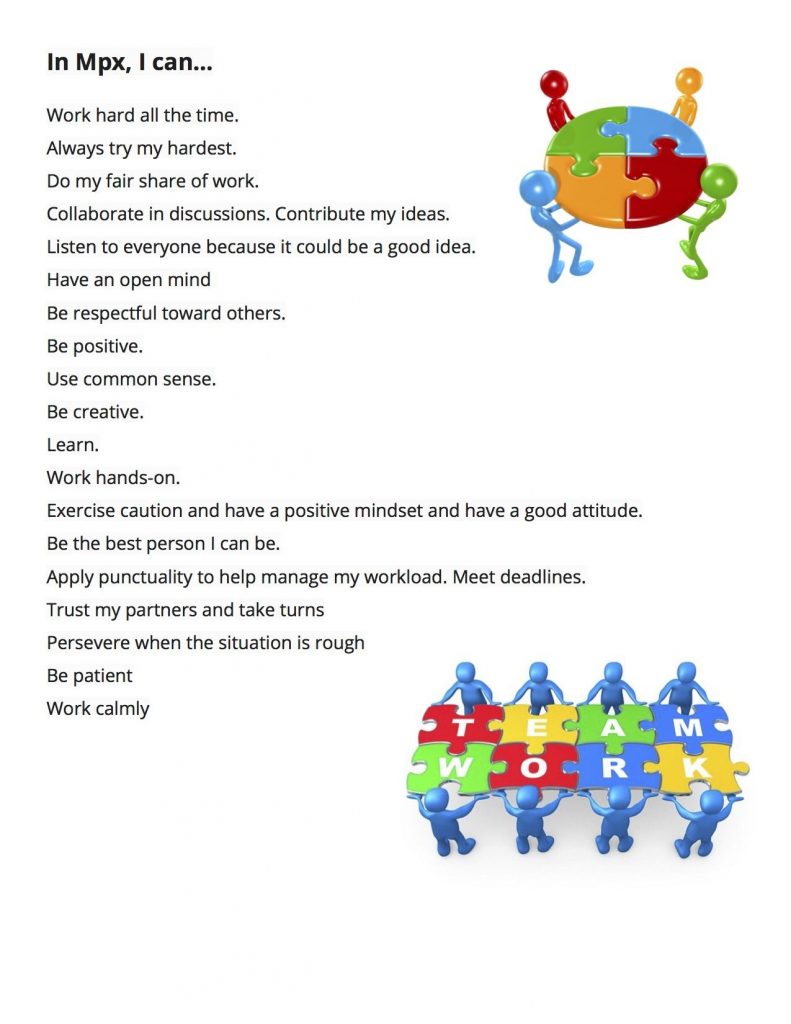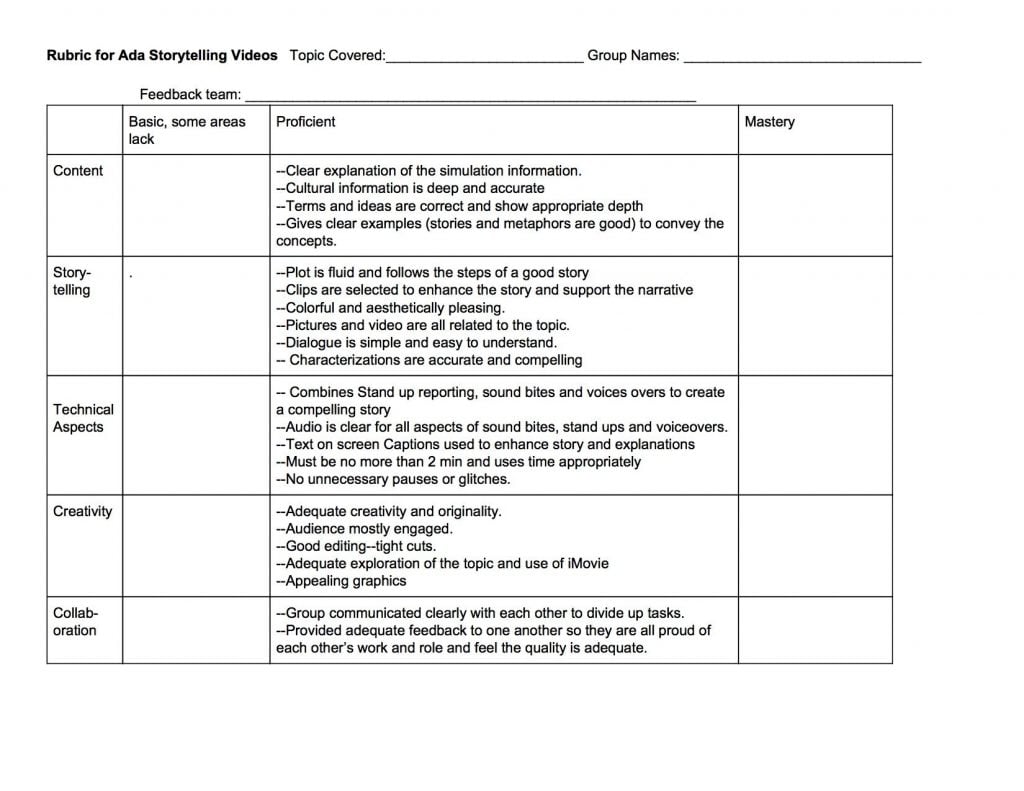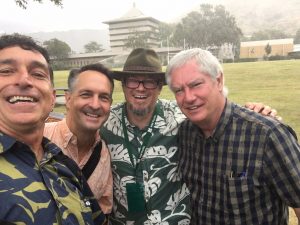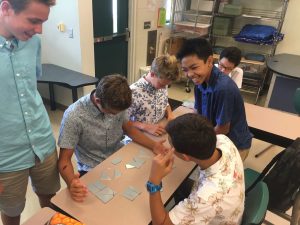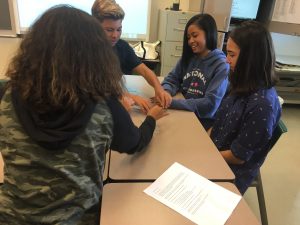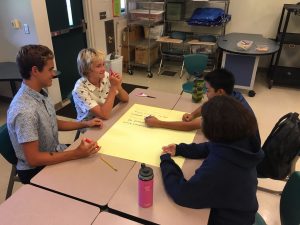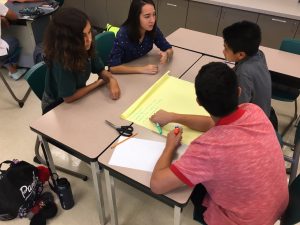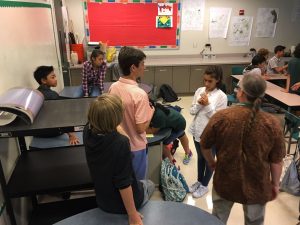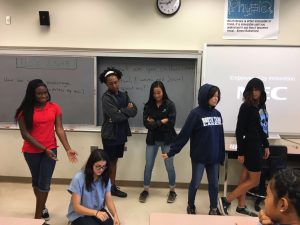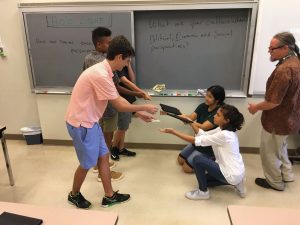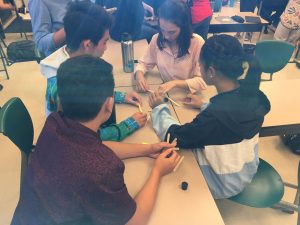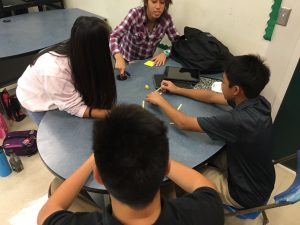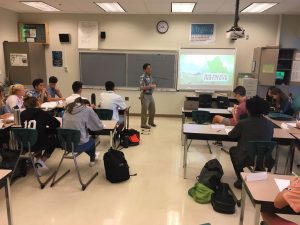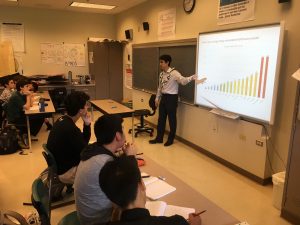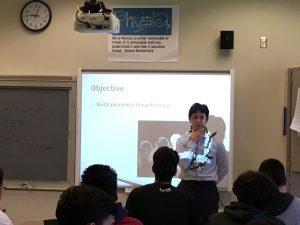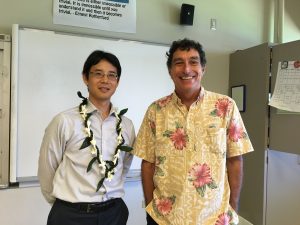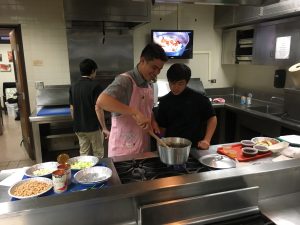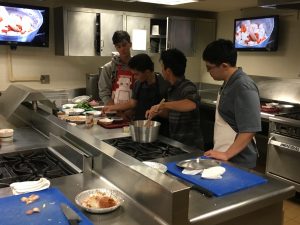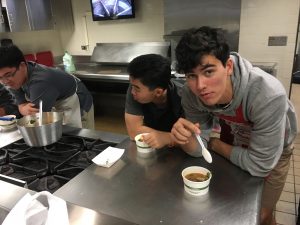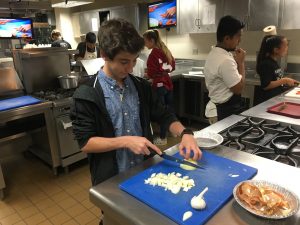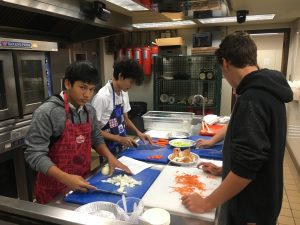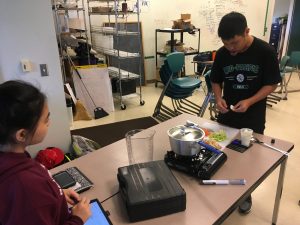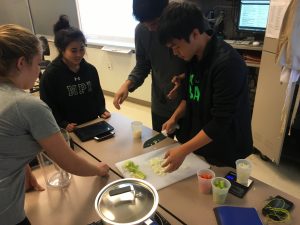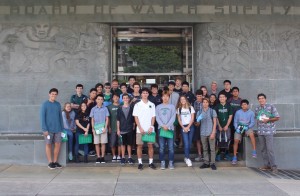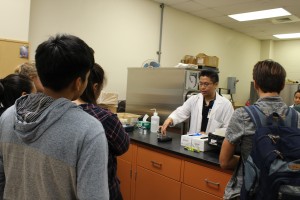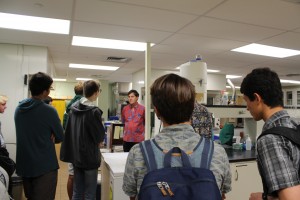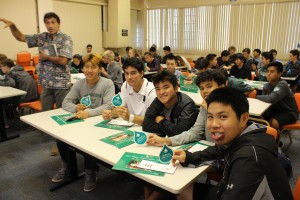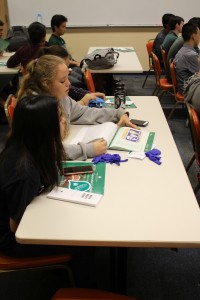As we navigate the growing presence of AI in education, I keep coming back to the comic strip Calvin and Hobbes. In particular, the way Hobbes never handed Calvin the answer—he leapt into the cardboard box with him, launching toward Saturn, getting lost, making meaning. That’s the spirit I hope we hold onto as we consider how AI might walk with us rather than think for us. Here’s a reflection on curiosity, imagination, and the kind of company we choose on the learning journey.
“Learning isn’t about knowing the path—it’s about building the courage to walk it, with just enough company to keep you wondering.”
There’s a Calvin and Hobbes strip that’s always stuck with me. Calvin raises his hand in class and asks, “May I be excused, please? I need to go bad?” The teacher says yes. Next frame, he’s walking into his house, and his mom’s staring at him, bewildered. “What are you doing home?” she asks. “I had to go,” Calvin says.
It’s perfect. Calvin’s imagination couldn’t be contained by classroom norms. When the structure didn’t speak to his curiosity, he left—and we laugh, because deep down we get it. There’s a wildness in learning that systems too often try to tame. And no one gets that better than Hobbes, Calvin’s tiger co-pilot, who doesn’t hand him answers but pushes him to explore every cardboard-box idea he dreams up.
Lately, I’ve been wondering: what if AI could be more like Hobbes?
That question hit me as Alex Hutchinson explain his new book “ The Explorer’s Gene”, where he talks about the human drive to explore, to wander, to not know what’s around the next corner. He and David Epstein dig into how our brains and bodies are wired for exploration—and how much we lose when we optimize too soon, or choose comfort over curiosity.
And then I read Ethan Mollick’s post The Cybernetic Teammate. He makes a compelling case that the best uses of AI don’t replace people—they expand them. AI, in his view, isn’t a faster calculator or a clever shortcut. It’s a teammate. One that nudges, reflects, and helps you think in broader, more interdisciplinary ways. In other words…a Hobbes.
But here’s the danger: If we bring AI into schools and workplaces without that Hobbes-like spirit, we risk shrinking the very range of human exploration. We’re already doing it. We’ve gone from kids roaming six miles from home to barely 300 yards. And that same constriction is happening intellectually—when we rush students through hard questions, when we Google instead of grappling, when we mistake speed for insight.
In my own teaching, I didn’t always have the courage to admit I didn’t know something. But over time, I learned to model curiosity instead of certainty. Teaching electronics, for instance, we’d run into things I didn’t fully understand. Instead of bluffing, I’d sit beside students and say, “Let’s figure it out.” We’d poke at the black box—literally and metaphorically—and uncover the systems beneath. That, to me, is real learning: not having the answers, but being willing to stay in the question.
And that’s how I’ve come to see the potential of AI—especially when it’s designed and used with intention. Right now, in this creating this post, , I did not ask AI to give me something. I used it to stretch my own thinking. To reflect, wonder, and wander. And it worked—not because it’s efficient, but because it’s relational. It’s walking with me.
If we want AI to support human growth, not replace it, we need to treat it less like a productivity tool and more like a thoughtful co-learner. We have to trust that students—and adults—will do the hard thinking when they’re given something worth thinking about. We need to design learning not around shortcuts, but around meaning. That’s the promise. And the risk.
Because in the end, learning isn’t about knowing the path—it’s about building the courage to walk it, with just enough company to keep you wondering.
So maybe it’s not about the journey or the destination.
Maybe it’s the company.
And the best kind of company doesn’t do the walking for you. It walks beside you—like Hobbes—laughing, nudging, imagining, and daring you to explore.







